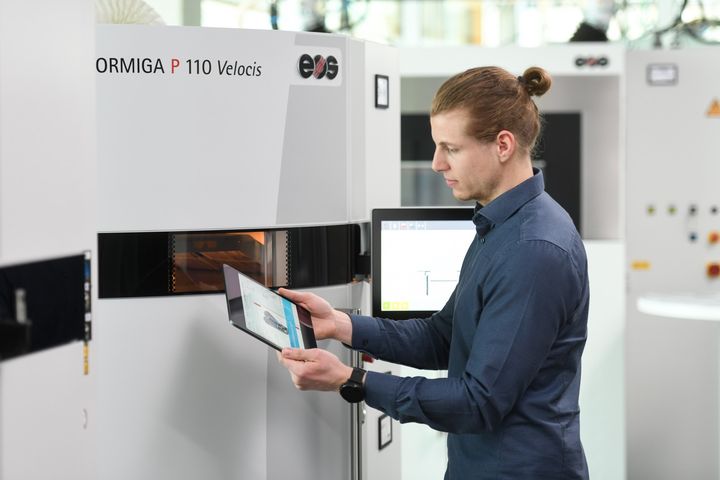
Top performing additive manufacturing staff are hard to find, and EOS is set to change that.
The problem is that our schools for decades have turned out highly skilled professionals to design and build parts, but with a now-incorrect assumption: that parts will be built using traditional technologies.
That’s changing these days, as most schools now have additive technologies somehow integrated into their programs to a degree, and students are more exposed to the technology than ever before.
However, that leaves many companies with a dilemma: how can they, a company staffed with people NOT trained in AM, begin doing AM? One answer would be to hire new staff that do have the experience, but there’s really a shortage for all the reasons above.
Another approach is to learn as you go. That’s been frequently attempted by many companies in the past when there was little AM training available. Buy a machine and challenge your top engineer to figure it out. That works, sometimes. But for many companies it isn’t really an option for several practical reasons, including the expense of doing so.
Some 3D printer manufacturers have set up “demonstration centers” where lead engineers can drop by and see machines in action, and sometimes even work with the machines to produce their own 3D prints. That works, but there could be an even better way.
EOS has taken an education approach to this challenge. A while ago they launched their “Additive Minds Academy” in Europe. It’s an online portal where a number of educational resources can be obtained.
The idea is to short circuit that “learn by yourself” path by offering up-to-date techniques by experienced professionals.
This approach seems to be quite popular, according to Patrick Schrade, EOS’ lead for Additive Minds Academy, who said:
“When we piloted our Additive Minds Academy in Europe, we received such an overwhelming response, we could feel the pent-up demand almost immediately. We are seeing all walks take advantage of new learning paths – students, those seeking professional development, and entire organizations that understand the benefits of AM and are looking to accelerate their industrial 3D printing adoption.”
This is entirely understandable, as there has been a dramatic leap in interest in 3D printing technologies over the past year, largely due to pandemic effects causing companies to re-evaluate modern AM techniques. EOS just happens to produce the type of 3D printing equipment that many manufacturers could use in their production operations.
But interest doesn’t matter if you can’t get machines, material or — most importantly — staff trained to use the equipment in the most optimal manner. That’s what Additive Minds Academy is attempting to solve.
The program consists of 18 learning modules on various topics and these three full courses:
- AM Data Preparation Specialist Metal: which focuses on improving job prep and reducing failed builds
- AM Application Specialist Metal: which focuses on enhancing application development and reducing employee onboarding time
- AM Data Preparation Specialist Polymer: which focuses on reducing training time and reducing build job determination.
After launching the program in Europe, EOS is now offering access to the American market.
EOS has been marketing this type of equipment for a very long time, and their staff have seen it all. Their deep experience is behind these training materials, and one can tell this is the case by looking at the titles of the material. Some examples:
- Overheating of DMLS parts
- Support-free Additive Manufacturing Metal
- Design for Additive Manufacturing Polymer
- Business Case Analysis
- Part Screening and Selection
There’s plenty more, but you get the idea. These courses appear to be highly practical and exactly the sort of knowledge one would require to properly operate modern AM equipment.
Of course, this material is focused on EOS machines, but much of the principles behind the topics is general in nature and could be applied analogously to other systems. In the end, this educational program is simply going to produce many more “DfAM” people in the market.
And that’s a good thing.
Via EOS
